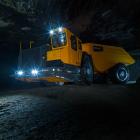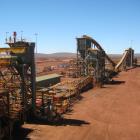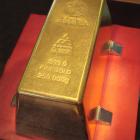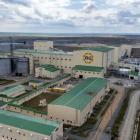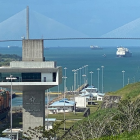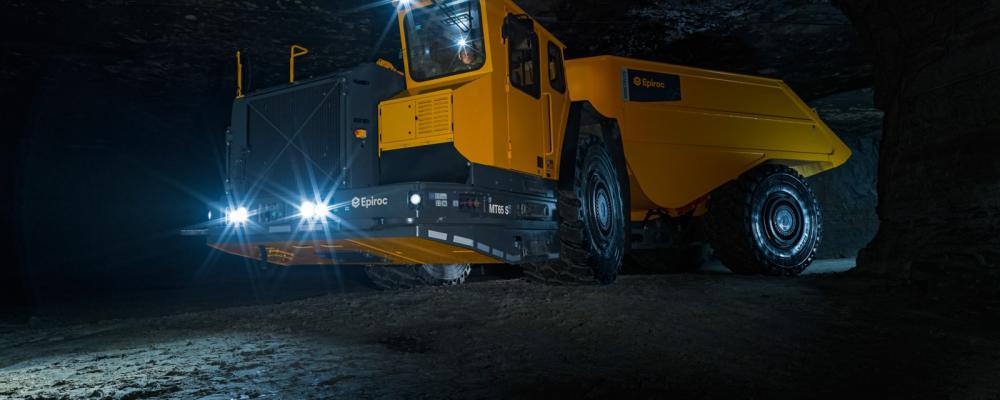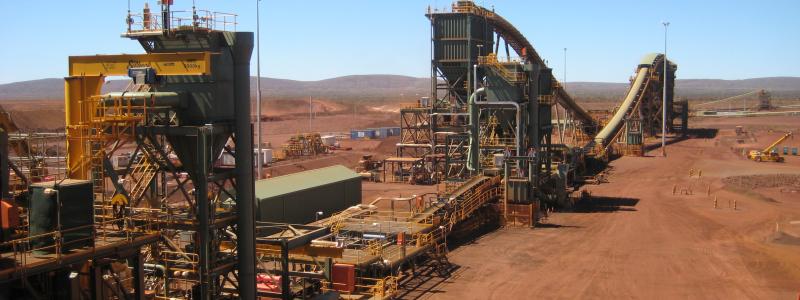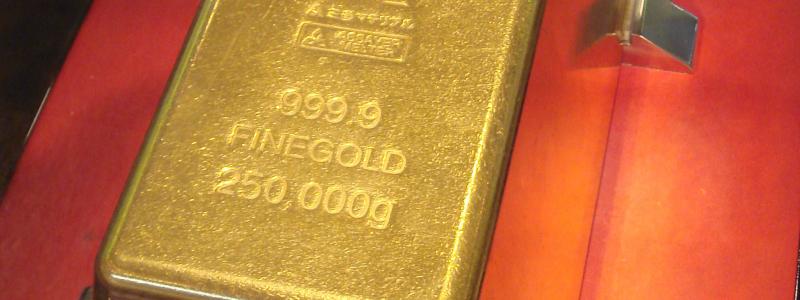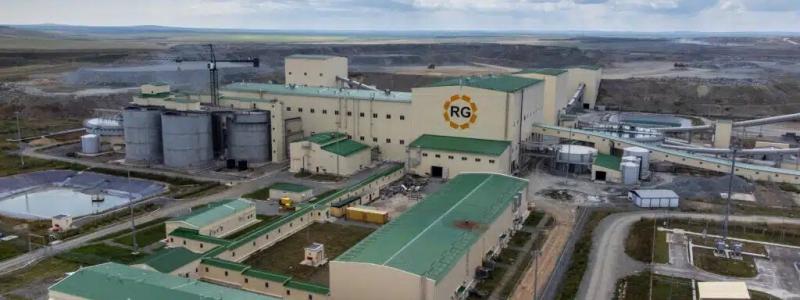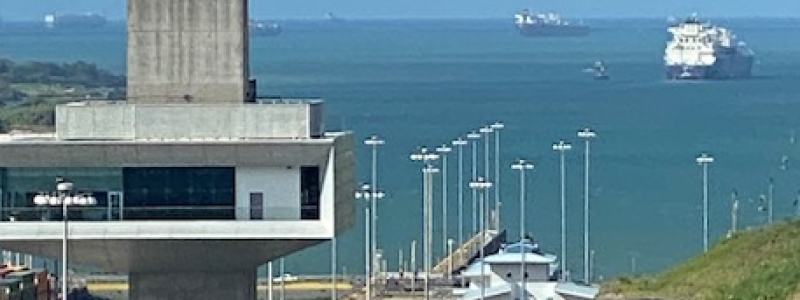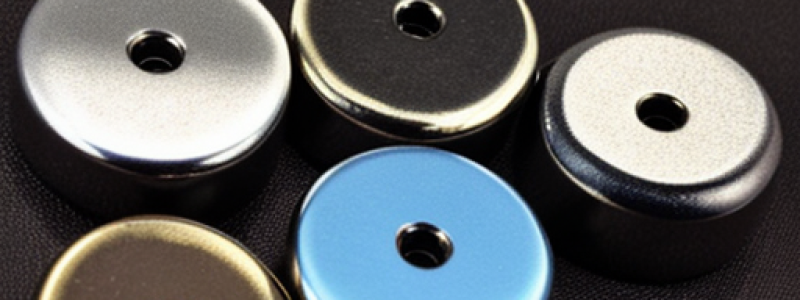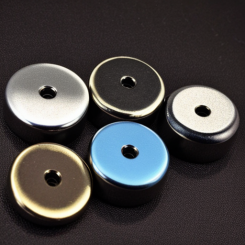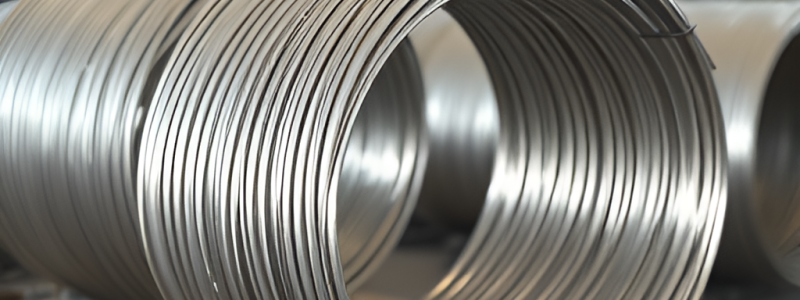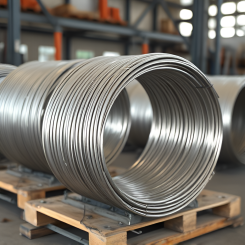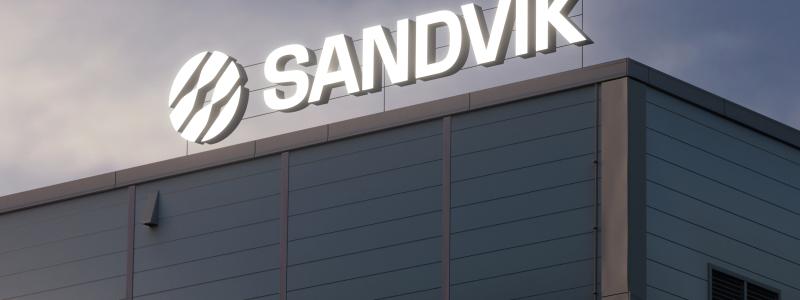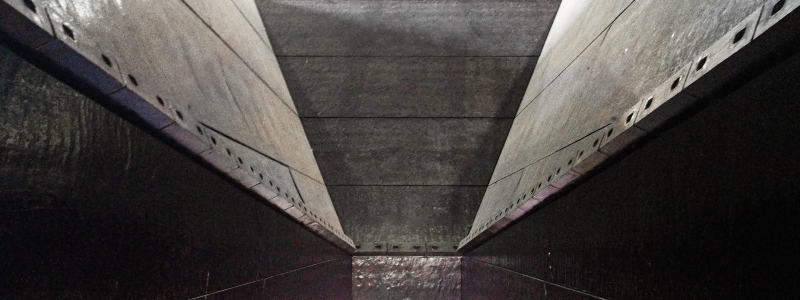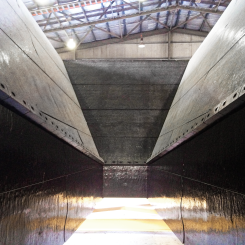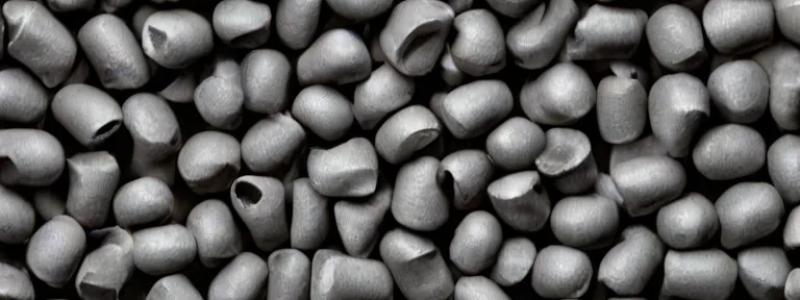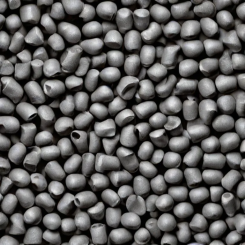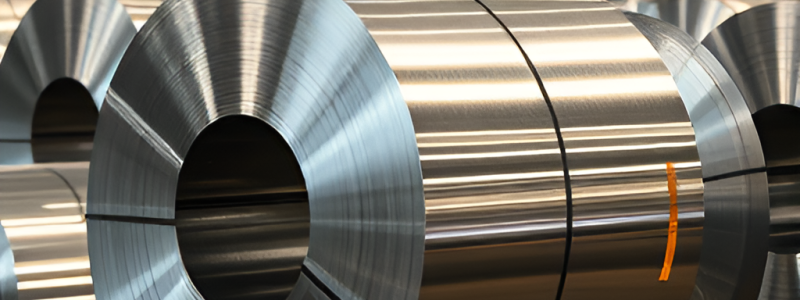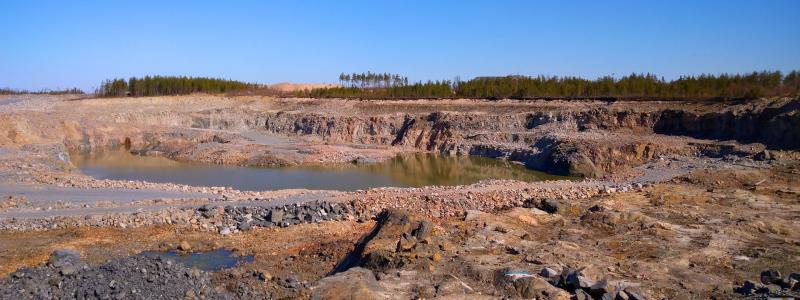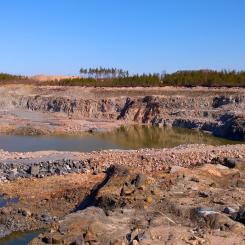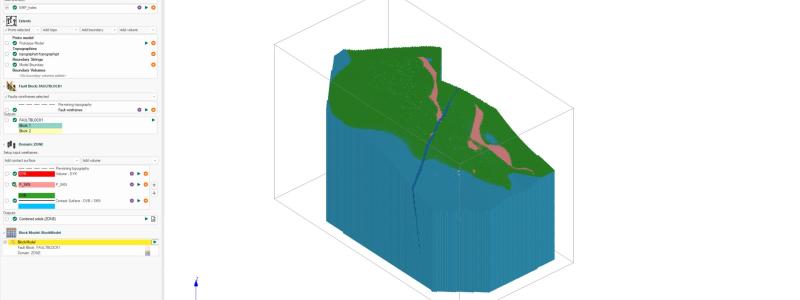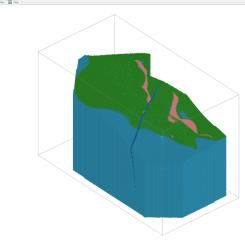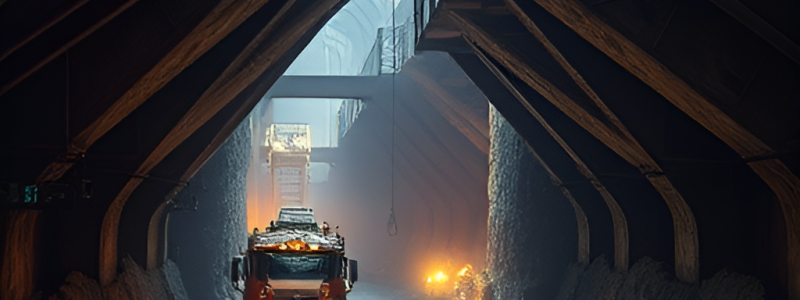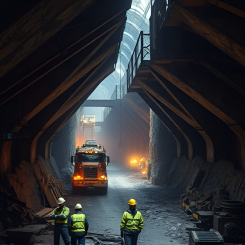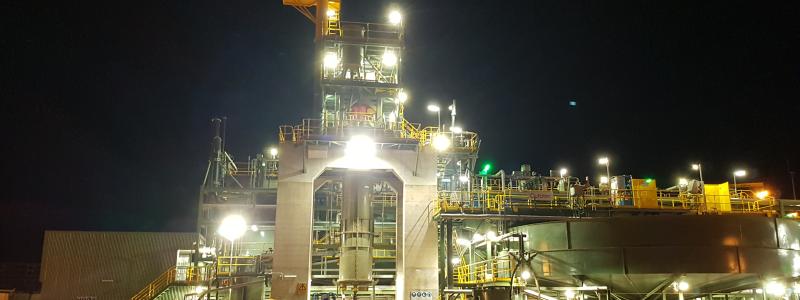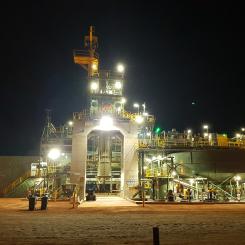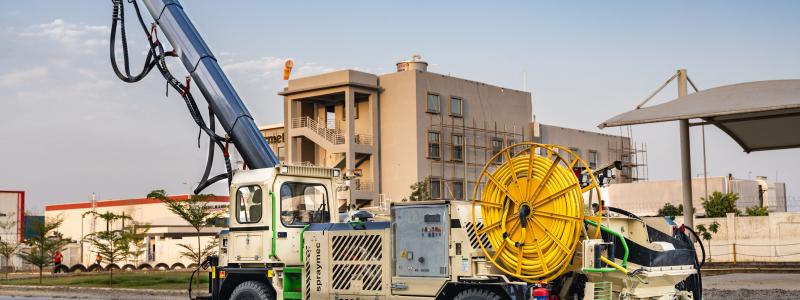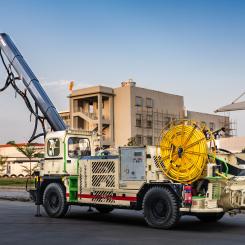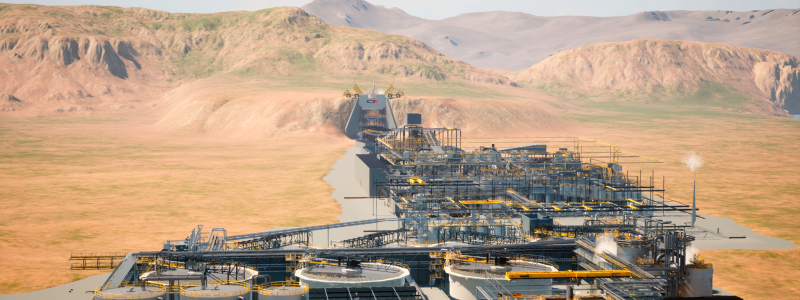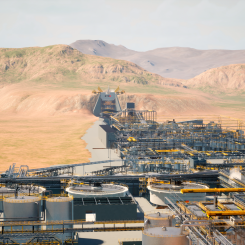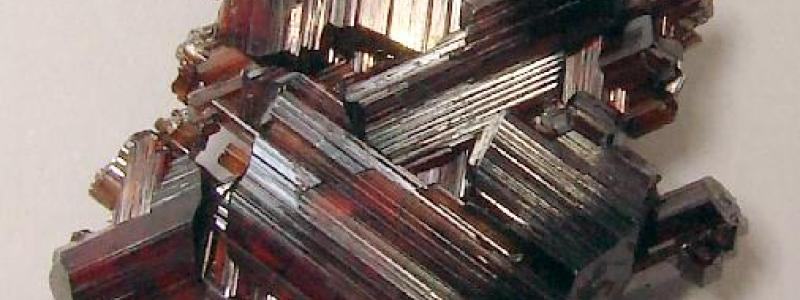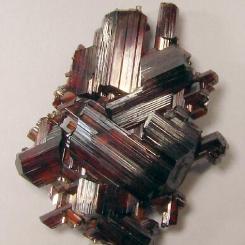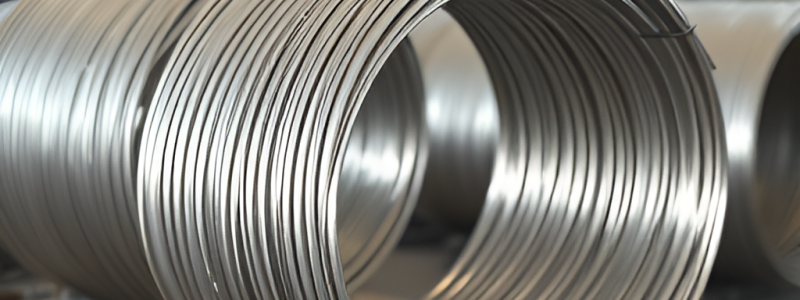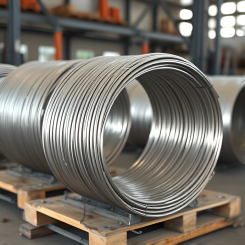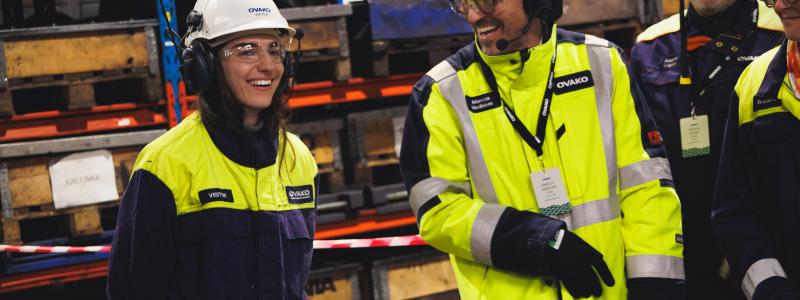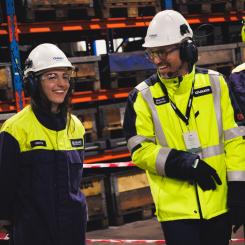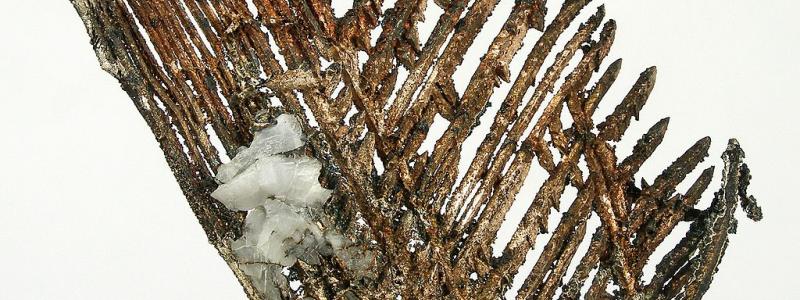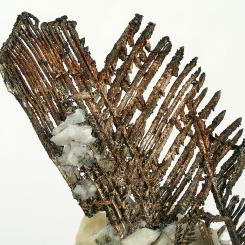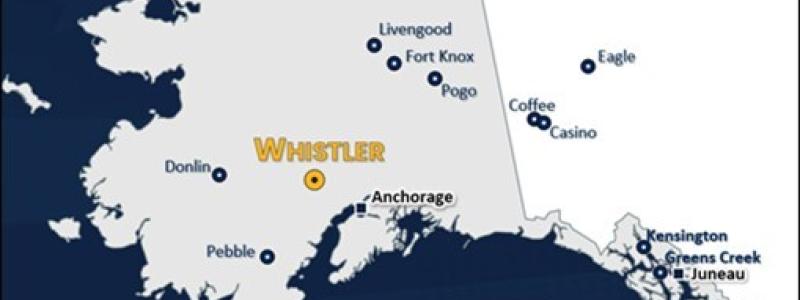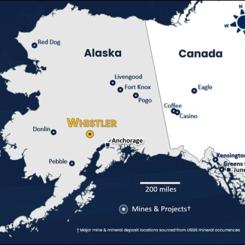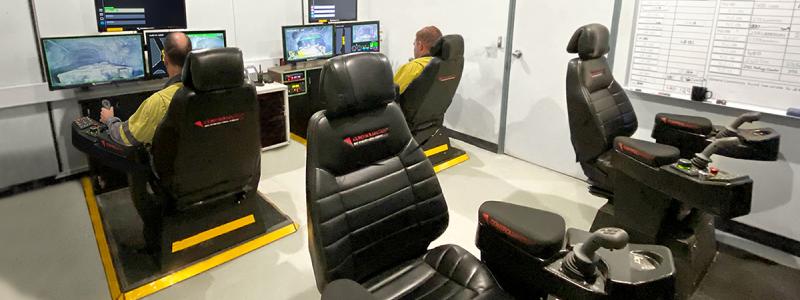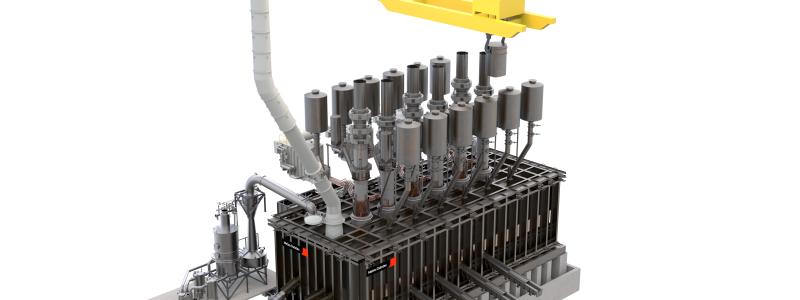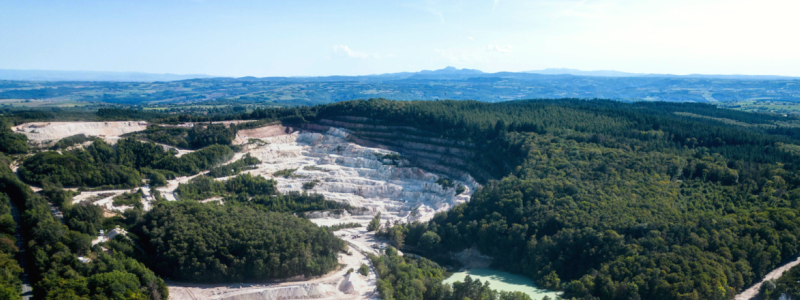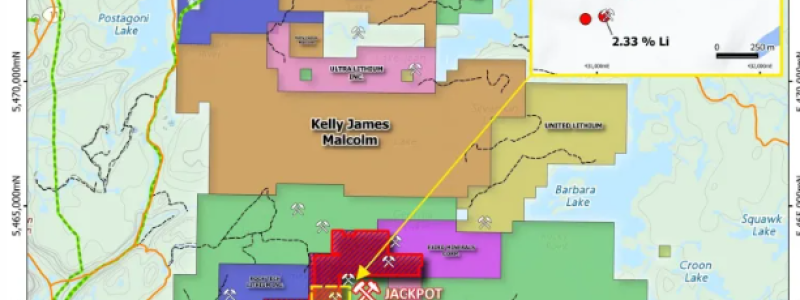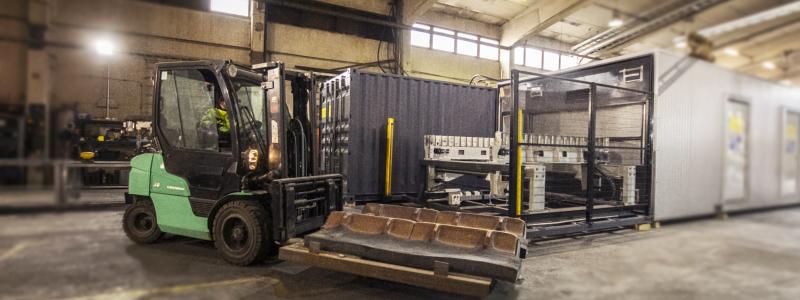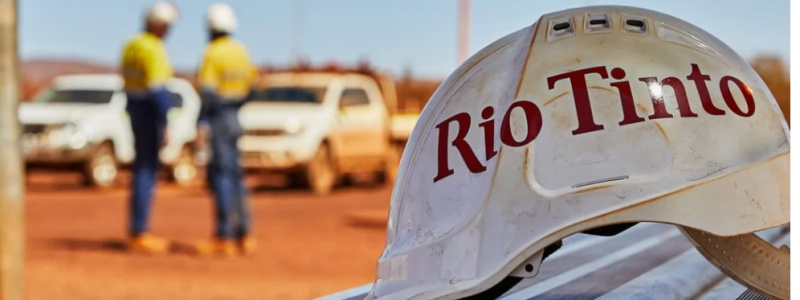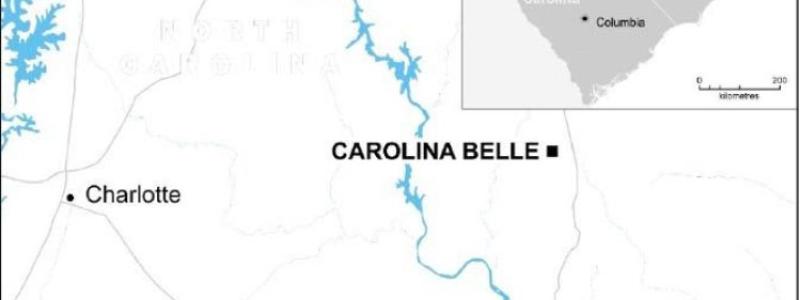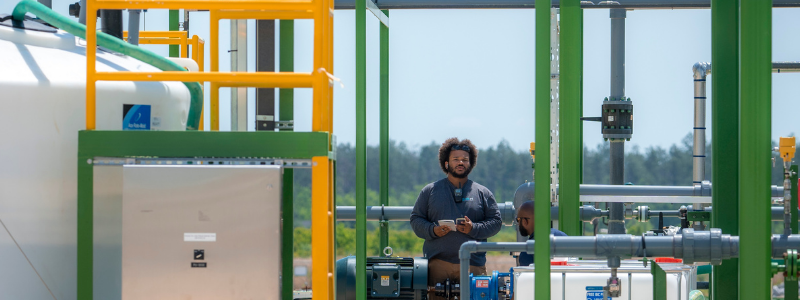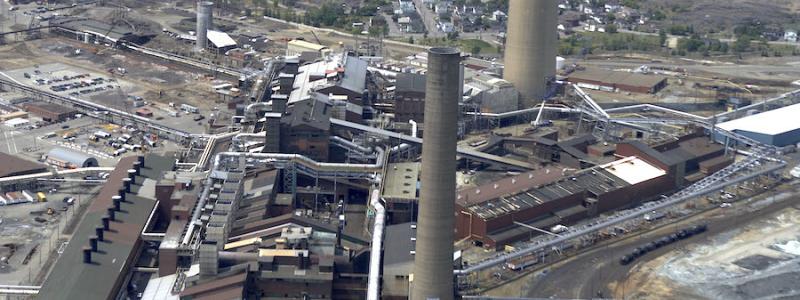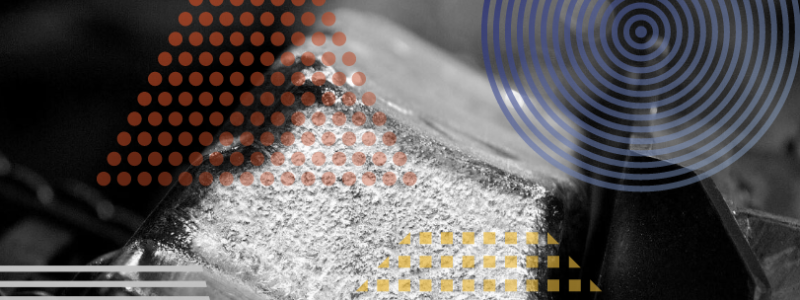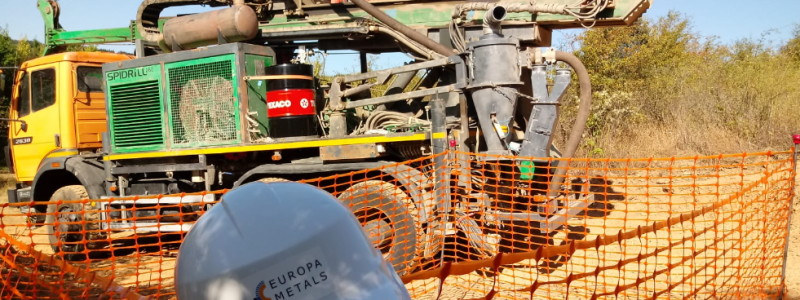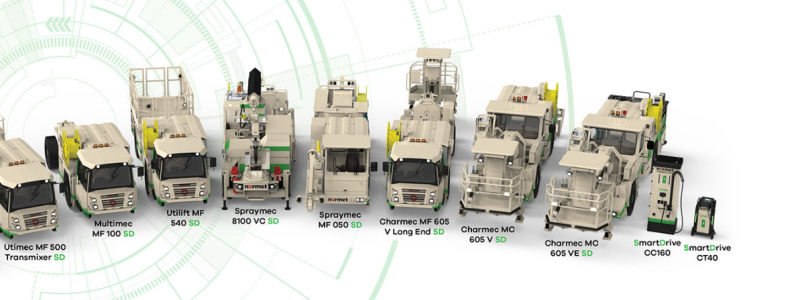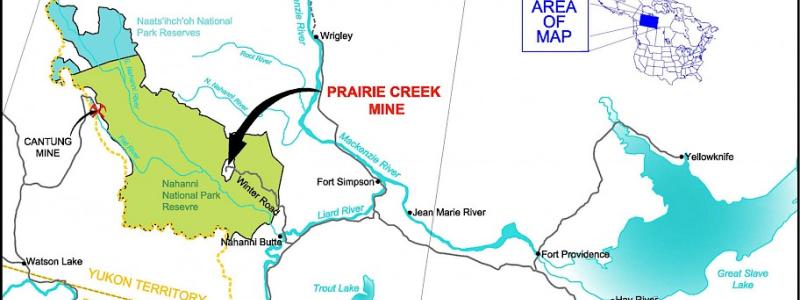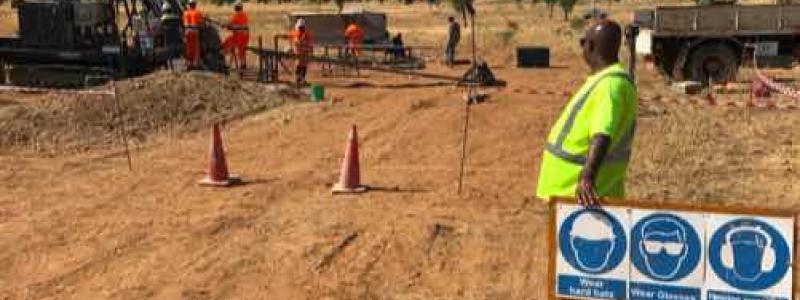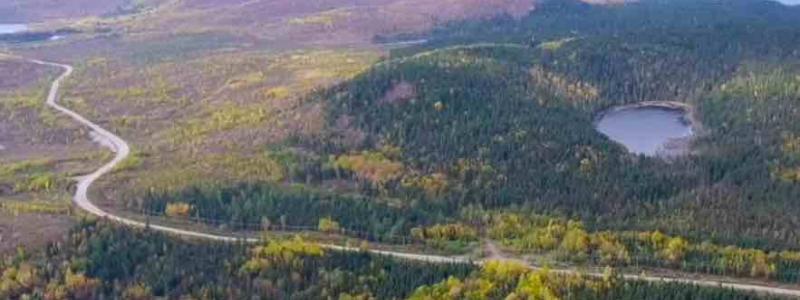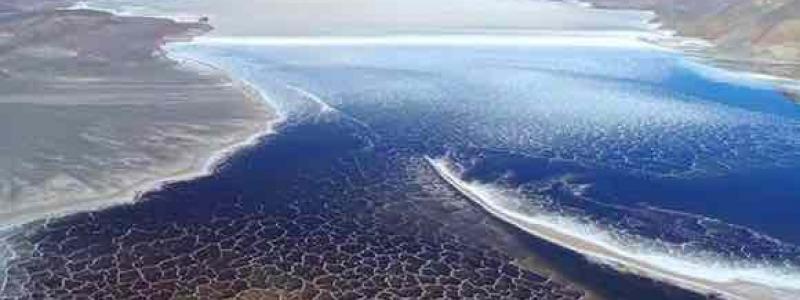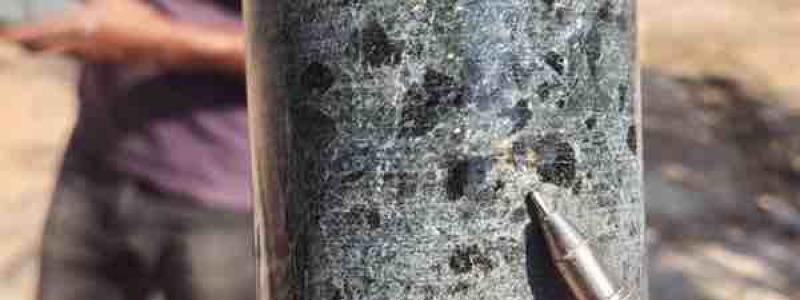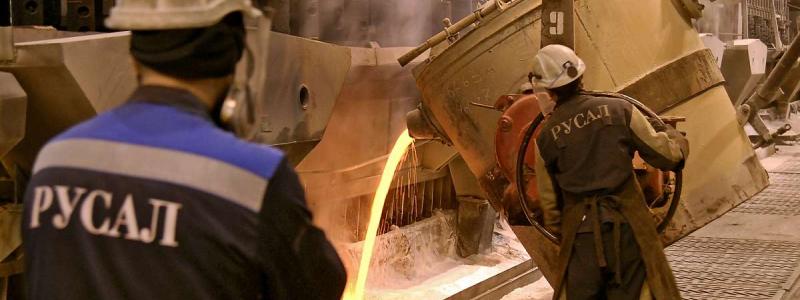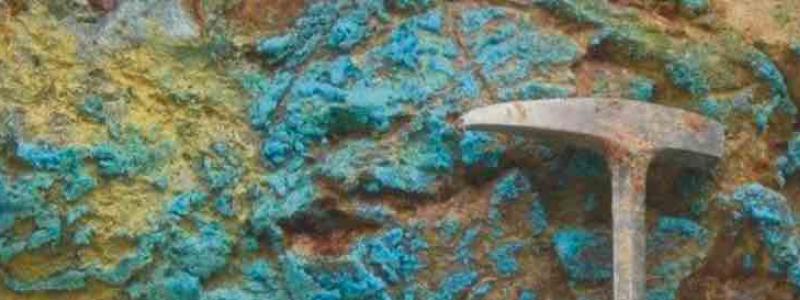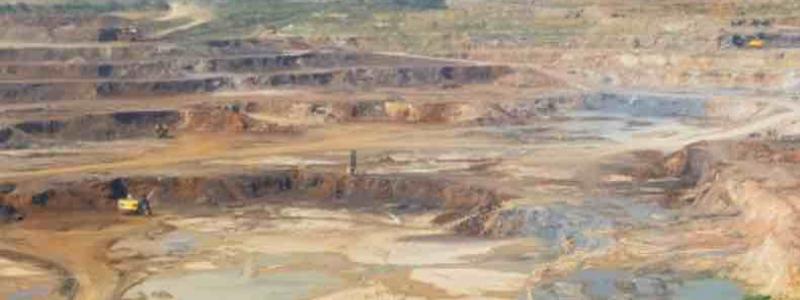Eurobattery Minerals AB, a growth company in the mining and exploration industry with the vision to help Europe become self-sufficient in ethical battery minerals, today announced the final results from the drilling campaign for nickel, cobalt and copper at its Castriz prospect in Galicia in northern Spain. In the larger Corcel project, Castriz is one of three primary prospect areas together with Monte Mayor and Monte Castello.
Key points:
Final assay results received from recent drilling at Castriz prospect. Results received from the remaining two holes of the four hole, 998m drilling program.
Previously identified coincident geochemical and geophysical anomalies tested by drilling. Maximum assay results of up to 0.69% Ni, 0.28% Cu and 0.02% Co were intersected.
Anomalous levels of nickel now intersected for over 700m in strike and 700m in width. Much larger area then previous analysis and drilling activities indicated.
Mineral analysis underway to evaluate economic potential for a large tonnage resource.
Additional elevated levels of nickel (Ni), copper (Cu) and cobalt (Co) intersected at Castriz, extending the prospective zone along strike and in width. Assay highlights include:
75m @ 0.24% Ni, 0.04% Cu & 0.01% Co from 131.5m (19DD0003)
including 9.0m @ 0.44% Ni, 0.14% Cu & 0.02% Co from 191.5m
28.8m @ 0.20% Ni, 0.14% Cu & 0.01% Co from 6.8m (19DD0004)
Planning underway to apply proven mineral exploration strategy at the Monte Mayor and Monte Castello prospects.
A total of 314 samples were geochemically analysed following the Company’s four hole, 998m drilling programme during Autumn of 2019. The results from these two remaining two drill holes has expanded the zone of anomalous levels of nickel.
– We are very pleased with the updated results. The drilling results have significantly increased the size of the prospective resource, confirmed the grade, and demonstrated the continued existence of a potential for large tonnage resource, said Roberto García Martínez, CEO of Eurobattery Minerals.
Field activities completed by BAT in 2019 at the Castriz prospect identified large zones, up to 1km in strike, with anomalous nickel (Ni), copper (Cu) and cobalt (Co) geochemistry and coincident increased magnetic response in the underlying bedrock.
Three of the zones were drill tested to assess the potential for mafic-ultramafic hosted Ni-Cu-Co sulphide deposits. Drilling intersected a sequence of variably mineralised sepentinite and amphibolite units at the northern and western anomalies.

